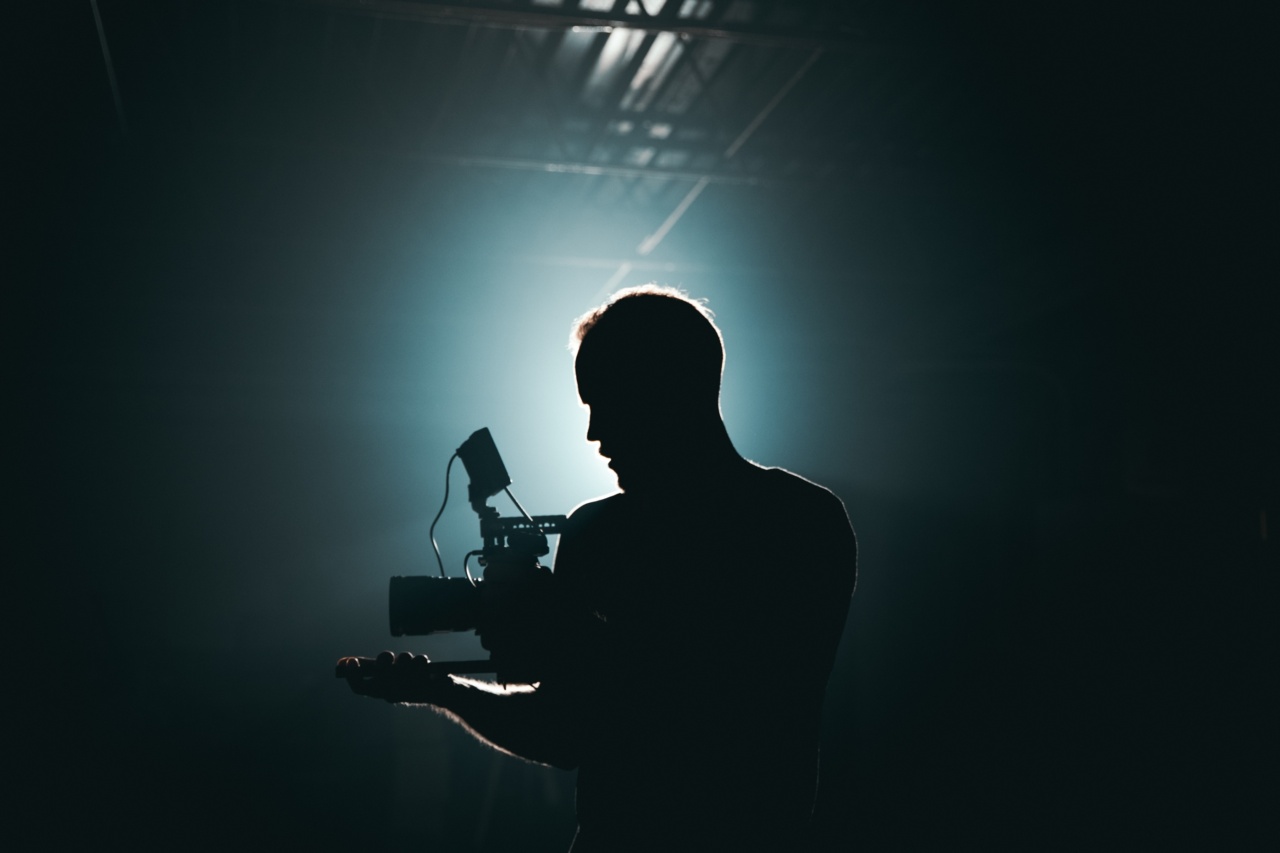As parents, we are always concerned about the health and well-being of our children. One area that has gained attention in recent years is the use of light products for kids.
These products, ranging from gadgets and toys to clothing and accessories, are marketed as being beneficial for children in various ways. However, there are also potential risks associated with these products.
In this article, we will explore the risks and benefits of light products for kids, allowing parents to make more informed decisions when it comes to their children’s health and safety.
The Benefits of Light Products
Light products for kids often come with appealing features that can provide several benefits:.
1. Entertainment and Engagement
Light-up toys and gadgets can captivate children’s attention, providing entertainment and keeping them engaged for longer periods. This can be particularly useful during long car rides or on rainy days when outdoor play is limited.
2. Learning and Education
Many light products designed for kids have educational components. These products can incorporate light and sound to teach letters, numbers, colors, and other basic educational concepts.
They can make learning more enjoyable and help children to develop essential skills in a fun and interactive way.
3. Safety and Visibility
Light-up accessories such as reflective gear or shoes with built-in lights can enhance a child’s visibility, especially during nighttime activities or when walking near roads.
This increased visibility can improve their safety by making them more easily seen by drivers or passersby.
Risks Associated with Light Products for Kids
While light products can offer various benefits, it’s essential to be aware of the potential risks they may pose:.
1. Eye Strain and Discomfort
Extended exposure to bright lights or flashing patterns can strain a child’s eyes and lead to discomfort and headaches. This is especially true for children who are prone to migraines or have underlying eye conditions.
It’s crucial to monitor the amount of time children spend using light products and ensure they take regular breaks.
2. Sleep Disturbances
Light products with bright or flashing lights, especially those used before bedtime, can disrupt a child’s sleep patterns. The exposure to artificial light can interfere with the release of melatonin, a hormone responsible for regulating sleep.
It’s advisable to limit the use of light products close to bedtime to promote healthy sleep habits.
3. Battery and Electrical Hazards
Some light products require batteries or have electrical components. If not properly secured or maintained, these products can pose a risk of battery ingestion or electrical hazards such as shock or overheating.
It’s crucial to ensure that light products are age-appropriate, and parents should regularly inspect and replace batteries to prevent accidents.
4. Overstimulation and Distraction
Light products that are overly stimulating, such as those with numerous flashing lights and loud sounds, can overwhelm children and hinder their ability to concentrate.
This can be problematic, particularly in environments that require focus, such as classrooms or during study time. Using such products in moderation is key to prevent overstimulation.
Conclusion
Light products for kids can offer both benefits and risks. It’s important for parents to carefully consider the potential advantages and drawbacks before introducing these products to their children.
By being aware of the possible risks, parents can take necessary precautions to ensure their child’s safety and well-being while still enjoying the benefits that light products can provide.






























